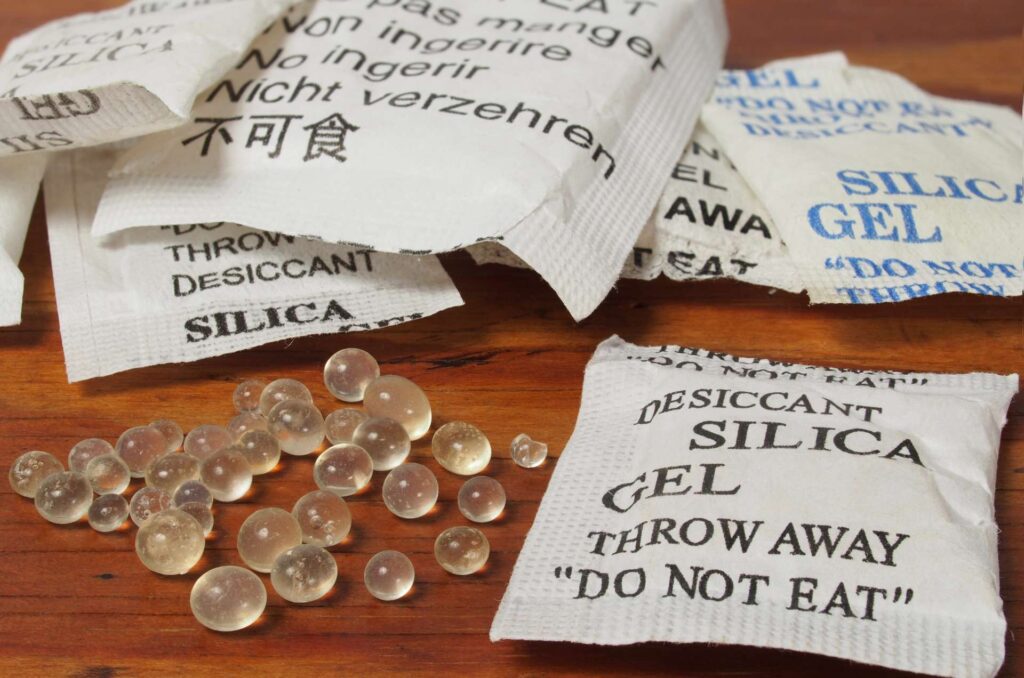Corrosion Protection Packaging

Protecting your metal products from corrosion during storage and shipping is critical, and we offer a range of corrosion protection products to help you do just that. Our selection includes VCI paper, VCI film, VCI powder, and tablets, all of which are designed to provide superior protection against rust and corrosion. Our VCI paper and film release volatile corrosion inhibitors that form a protective layer around your metal surfaces, while our VCI powder and tablets neutralize corrosive gases and prevent rust and corrosion. Choose our corrosion protection products for reliable and effective protection.
Corrosion Protection Packaging Products
- VCI Paper
- VCI Film
- VCI Powder & Tablets
Ready to upgrade your packaging strategy? Let's do it together!
Fill out the form below and we will be in contact.
Corrosion Protection FAQs
VCI paper stands for Volatile Corrosion Inhibitor paper. It is a packaging material infused with special chemical compounds that emit corrosion-inhibiting vapors. These vapors create a protective layer on metal surfaces, preventing rust and corrosion during storage or transportation. VCI paper is commonly used in industries like automotive, aerospace, and manufacturing, where metal parts and equipment need protection from moisture and air exposure.
Using VCI paper is straightforward and highly effective when done correctly. Follow these steps:
- Wrap the Metal Object: Place the metal parts, tools, or equipment directly on the VCI paper. Ensure the entire surface is covered, with no exposed areas.
- Seal the Package: For best results, seal the wrapped item in an airtight container, box, or bag to prevent the VCI vapors from escaping. This creates an enclosed environment where the VCI vapors can effectively coat and protect the metal.
- Avoid Direct Handling: Handle the metal parts as little as possible after wrapping to avoid introducing moisture or contaminants that could reduce the effectiveness of the VCI paper.
VCI paper works by releasing corrosion-inhibiting vapors that settle on metal surfaces, forming a thin, protective layer that prevents oxidation. These vapors interrupt the electrochemical reaction between the metal surface and the surrounding environment, effectively halting the corrosion process. The molecules in VCI paper are attracted to the metal surface, and if the VCI material remains in close proximity, it continues to protect the metal from rust and corrosion.
The effectiveness of VCI paper depends on factors like the environment, the quality of the VCI paper, and how well it is sealed. Typically, VCI paper can protect metal parts for up to two years under normal conditions. However, for optimal protection, it’s essential to store the wrapped items in a dry, controlled environment. If the VCI paper is exposed to excessive humidity or moisture, its lifespan may be shortened.
VCI film is a flexible packaging material that contains Volatile Corrosion Inhibitors, similar to VCI paper, but in the form of a plastic film. VCI film is used to protect metal parts from rust and corrosion by wrapping or covering them during storage or shipping. It offers durability and tear resistance, making it suitable for heavy or irregularly shaped items. VCI film is commonly used in industries that require long-term protection for metal components, such as automotive, machinery, and industrial equipment.
Yes, VCI film is recyclable. Most VCI films are made from polyethylene, a common plastic that can be recycled at facilities that accept plastic films. However, the recyclability of VCI film depends on the specific type and local recycling regulations. It’s essential to check with your local recycling provider to ensure that they accept VCI film and to follow their guidelines for proper disposal.
The shelf life of VCI film refers to how long it remains effective in providing corrosion protection before use. VCI film generally has a shelf life of 1 to 3 years when stored properly in a cool, dry place and kept in its original packaging. Once applied, the protection it provides can last for up to two years, depending on the environment and application.
